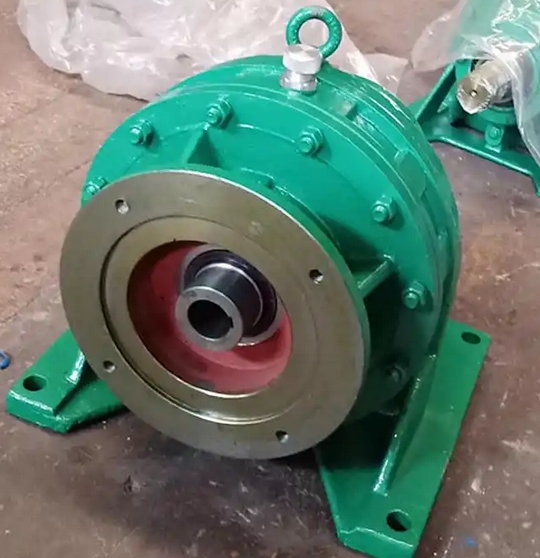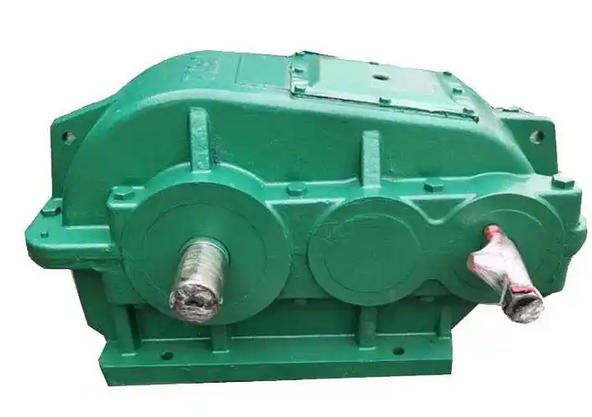What are the methods for determining the fracture of the output shaft of BWD39-35-11KW cycloidal pinwheel reducer
Here are some methods to determine the fracture of the output shaft of BWD39-35-11KW cycloidal pinwheel reducer:VISUAL INSPECTION
Direct observation: Check the surface of the gearbox output shaft. If there are obvious cracks, wear marks, discoloration, deformation, or bending, there may be a problem. Pay special attention to key parts of the shaft, such as the shaft neck, keyway, and spline.
Check the fracture surface: If the output shaft has completely fractured, observe the characteristics of the fracture surface. The fracture surface of fatigue fracture usually has fatigue lines, which consist of three regions: the fatigue crack source zone, the crack propagation zone, and the instantaneous fracture zone. The surface of the crack source zone is relatively flat, the propagation zone has striations, and the instantaneous fracture zone is relatively rough; The cross-section of overload fracture may exhibit characteristics related to material properties, such as necking in plastic materials and relatively uniform roughness in brittle materials.

Running status monitoring
Sound judgment: During operation, if the gearbox emits abnormal noise, such as irregular metal friction sounds, impact sounds, or periodic muffled sounds, it may be due to problems with the output shaft, such as friction between the shaft and other components, vibration caused by bearing damage, etc. This may be related to the fracture of the output shaft or damage to related components.
Vibration analysis: Measure the vibration of the gearbox using a vibration tester. When the output shaft breaks or has faults, it often leads to an increase in vibration amplitude and abnormal vibration frequency. It can be compared with the vibration data during normal operation to determine whether there is a problem.
Temperature detection: Use temperature sensors or infrared thermometers to monitor the temperature of the output shaft and related components. If there is a malfunction in the output shaft, it may cause local temperature rise due to friction and uneven force distribution.
Shutdown inspection
Manual turning: After cutting off the power, manually rotate the output shaft and feel if there is any jamming, abnormal resistance, or obvious gap shaking. If the rotation is not smooth, it may be due to the output shaft being broken, bent, or related components being damaged and stuck on the shaft.
Measuring dimensions: Use measuring tools such as micrometers and vernier calipers to measure the diameter of the output shaft and check for wear and thinning of the shaft diameter; Measure the straightness of the shaft with a dial gauge to determine if the shaft is bent; Measure the size of the keyway and check for wear and deformation.
Oil analysis: Regularly extract lubricating oil from the gearbox for testing. If the content of metal debris in the oil increases significantly, it may be caused by wear or fracture of the output shaft or other components. Further analysis of the composition and shape of the debris can assist in determining whether there is a problem with the output shaft.
Non destructive testing: Non destructive testing techniques such as magnetic particle inspection and ultrasonic testing can be used to detect whether there are cracks or other defects inside the output shaft. Potential problems can be discovered before the output shaft is completely broken, and measures can be taken in a timely manner to prevent the occurrence of fracture faults.



